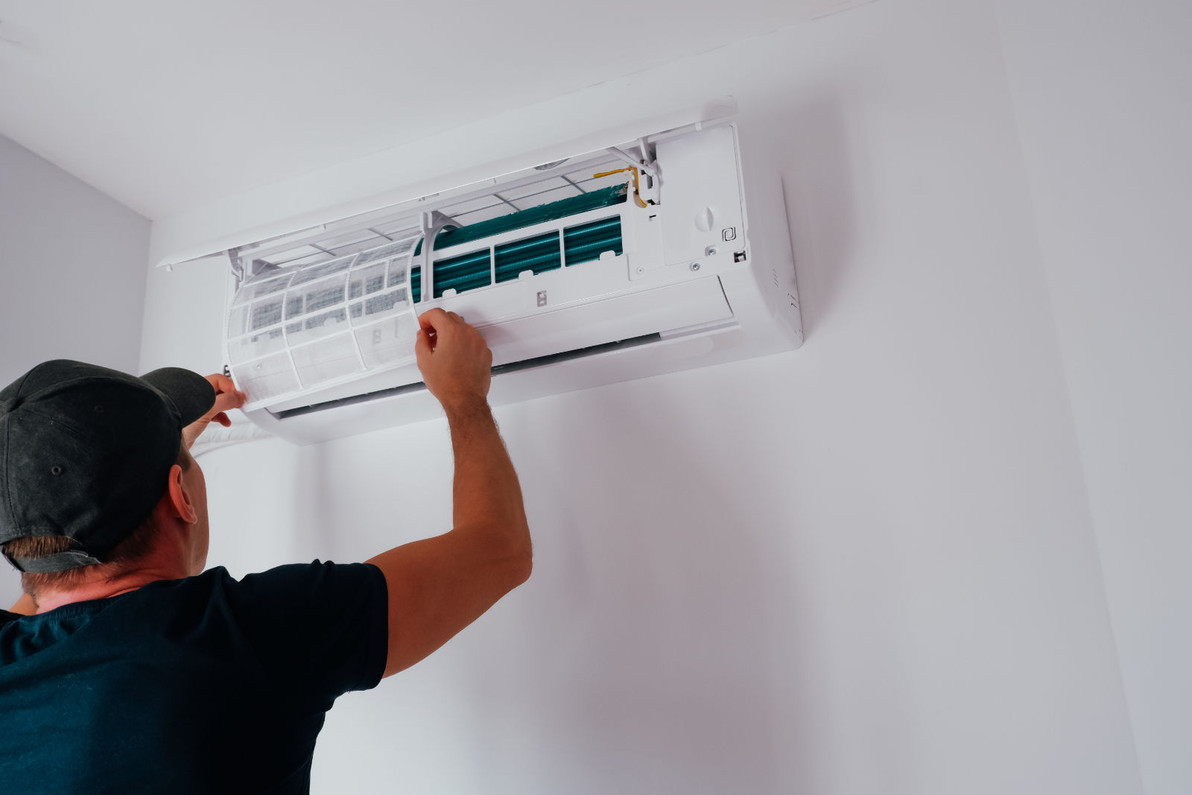Mini Split Systems vs. Split System HVAC Units
When it comes to cooling and heating your home, there are various options available, including mini split systems and split system HVAC units. These two types of systems offer distinct advantages and disadvantages, making it essential to understand their differences to make an informed decision. In this article, we will compare mini split systems and split system HVAC units, exploring their pros and cons to help you choose the right system for your needs.
Mini Split Systems: Cooling Without the (Duct)Work
Mini split systems, or ductless air conditioners, consist of two main components: an indoor air-handling unit and an outdoor compressor unit. Refrigerant lines connect these components and require no ductwork. Here are the pros and cons of mini split systems:
Pros of Mini Splits:
- Easy Installation: Mini split systems are relatively easy to install since they don't require ductwork. This makes them an ideal choice for retrofitting older homes or for room additions.
- Zoning Capability: Mini split systems allow for individualized temperature control in different zones or rooms, providing greater energy efficiency and personalized comfort.
- Energy Efficiency: By enabling zoning, mini split systems avoid energy waste by only cooling or heating specific areas when needed. Additionally, many models feature advanced technologies such as inverter compressors, which adjust the system's capacity based on demand, resulting in higher energy efficiency.
- Flexibility: With their compact size and flexibility, mini split systems can be installed in various locations throughout your property, including walls, ceilings, or floors. They are suitable for both residential and commercial applications.
- Improved Indoor Air Quality: Mini split systems typically include advanced filtration systems that help remove allergens, dust, and other particles from the air, leading to cleaner and healthier indoor air quality.
Cons of Mini Splits:
- Higher Upfront Costs: Mini-split systems may have higher upfront costs than traditional split system HVAC units if you require multiple mini split units to cool your home or if your home already has existing ductwork supporting a split system HVAC unit.
- Aesthetics: While the indoor units of mini split systems are relatively sleek and unobtrusive, they still require wall or ceiling mounts, which might not be aesthetically pleasing for some homeowners.
Split System HVAC Units: the Traditional Choice
In many homes, split system HVAC units are the traditional heating and cooling systems. They consist of two components, an indoor unit, typically in a basement or utility closet, and an outdoor one. And refrigerant lines and ductwork connect these components. Let's explore the pros and cons of split system HVAC units:
Pros of Split Systems:
- Cooling and Heating Capacity: Split system HVAC units are known for their ability to handle larger spaces and offer higher cooling and heating capacities compared to mini split systems, making them suitable for larger homes or commercial applications.
- Lower Initial Costs: Split system HVAC units generally have lower upfront costs compared to mini split systems, especially for single-zone systems.
- Wide Availability: Split system HVAC units are widely available and easily serviced by HVAC professionals. Replacement parts are also readily accessible.
- Aesthetics: With the main components installed out of sight, split system HVAC units provide a cleaner and less obtrusive appearance within the living space.
Cons of Split Systems:
- Ductwork Requirements: Installation of split system HVAC units requires ductwork, which can be expensive, particularly in older homes that don't have existing duct systems.
- Energy Loss: Ductwork can be a source of energy loss due to leaks or improper insulation, reducing overall energy efficiency and increasing utility costs.
- Limited Zoning Capability: Split system HVAC units typically lack individual zone control, making it challenging to achieve different temperature settings in different home areas.
- Maintenance: Regular maintenance of ducts and filters is necessary to ensure proper functioning and indoor air quality, which can increase maintenance costs and effort.
Which Unit is Right for You?
Both mini split systems and split system HVAC units have their advantages and disadvantages. Mini split systems offer ease of installation, energy efficiency, zoning capability, and flexibility. In contrast, split system HVAC units provide lower upfront costs, higher cooling and heating capacity, wider availability, and improved aesthetics. When deciding between the two, consider your budget, home size, desired level of control, and existing infrastructure. Consulting with an HVAC professional can also help you make an informed decision tailored to your needs.
If you're in the market for either mini split systems or split system HVAC units, Budget Air Supply & Equipment offers a wide range of options at wholesale prices. With our competitive pricing and reliable products, Budget Air Supply & Equipment can help you find the right cooling and heating solution that fits your budget and requirements. Don't hesitate to reach out to us for expert guidance and access to quality HVAC systems.
Recent Posts
-
Nu-Calgon Evap-GREEn™ and Nu-Brite® Coil Cleaners: Effective Solutions for HVAC Maintenance
Maintaining your HVAC system's performance requires proper cleaning and care, especially for evapora …9th Mar 2025 -
Goodman Cased Vertical Coil (CAPFA1818A6) 1.5 Ton
The Goodman Cased Vertical Coil (CAPFA1818A6) 1.5 Ton is a high-quality evaporator coil designed to …2nd Mar 2025 -
Goodman 2.5 Ton Package Unit
The Goodman 2.5 Ton 13.4 SEER2 (14 SEER) Heat Pump Horizontal Package Unit (GPHH33041) is an energy- …23rd Feb 2025




